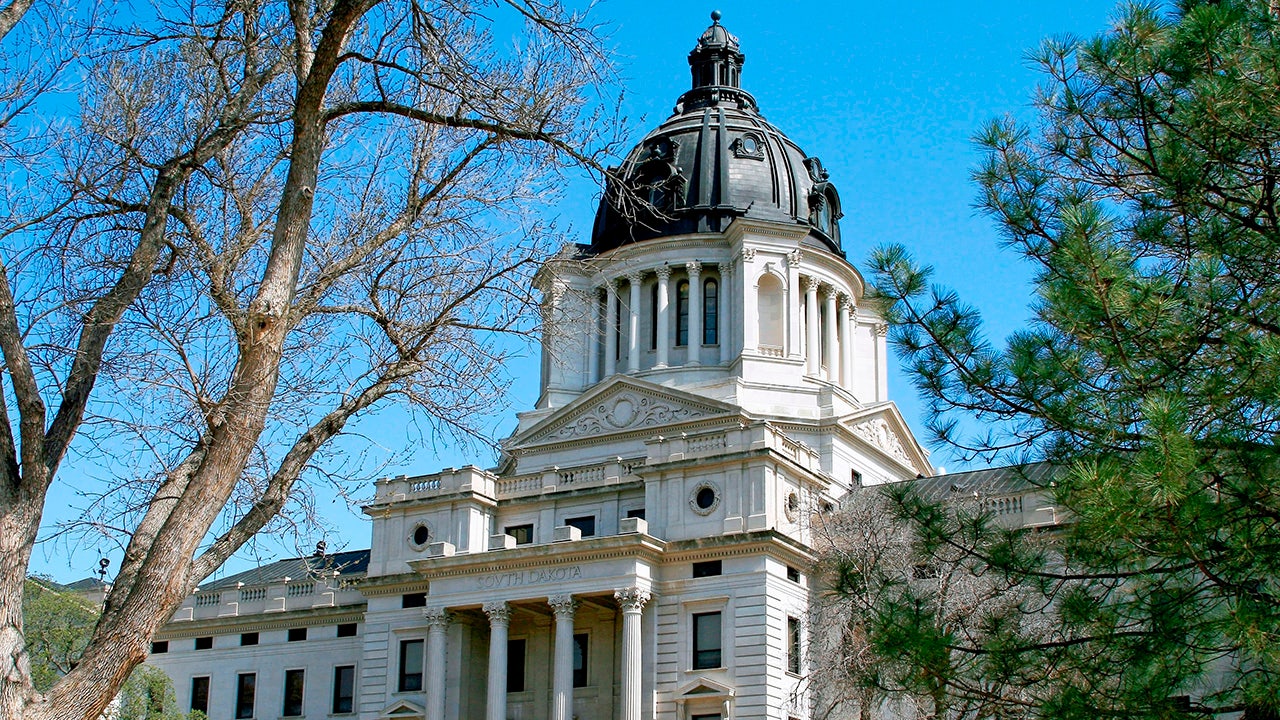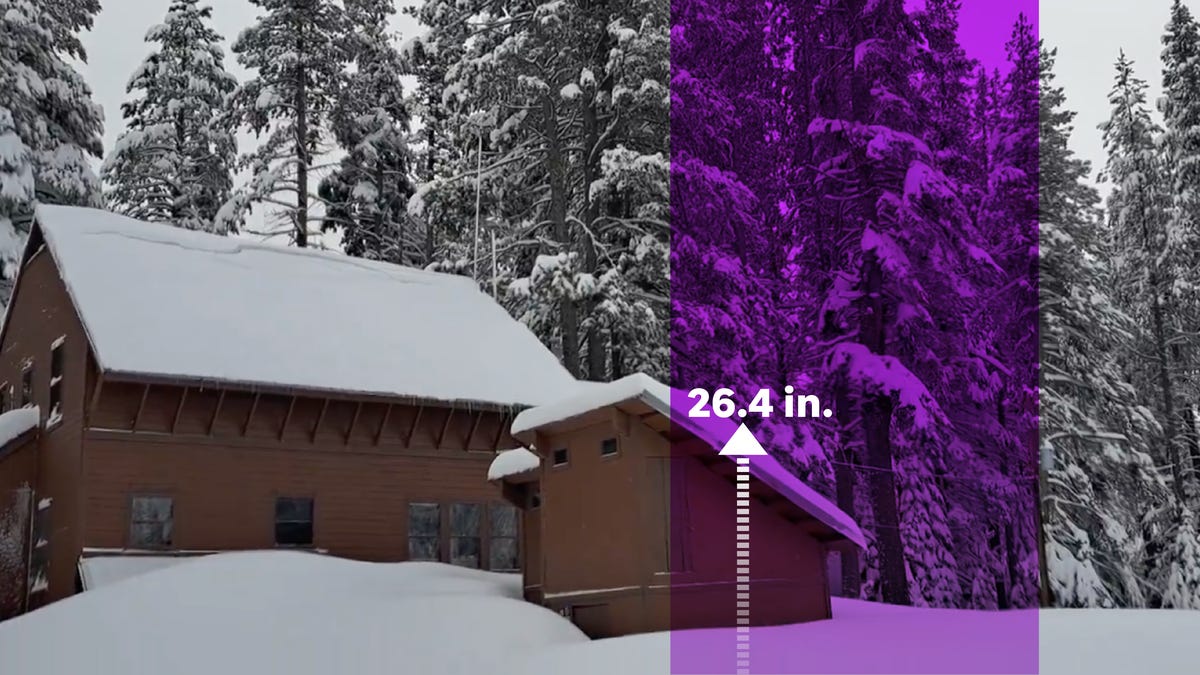World
Nature Restoration Law survives knife-edge vote in the EU Parliament
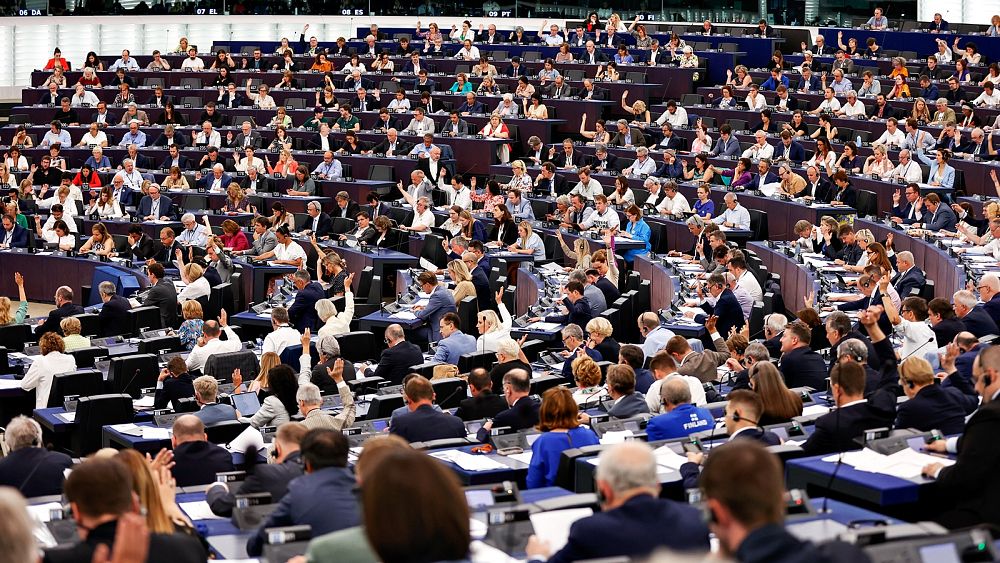
The Nature Restoration Law has survived a dramatic vote in the European Parliament but only by a razor-thin margin.
The closely-watched session on Wednesday resulted in 336 votes in favour of the amended law and 300 against, with 13 abstentions, prompting loud applause from progressive MEPs.
A motion to reject the legislation in its entirety, which would have dealt a heavy blow to the Green Deal, had earlier failed to garner enough support to pass.
“This law is good for even those who voted against it,” said César Luena, the socialist lawmaker who serves as rapporteur and was visibly emotional.
“I want to especially thank the scientists and the youth because they convinced us that we need to have this law. And we’re going to have it!”
The regulation will now be sent back to the parliament’s environment committee, where it had been previously voted down by a 44-44 margin.
MEPs will then enter negotiations with member states, which have already agreed on a common position on the file, to fine-tune the provisions and craft a compromise text that could then be endorsed by both co-legislators.
The upcoming talks, whose success is by no means guaranteed, are expected to be protracted and divisive as a consequence of the months-long controversy surrounding the Nature Restoration Law, a comprehensive proposal that aims to rehabilitate at least 20% of Europe’s degraded ecosystems by 2030.
The regulation establishes binding targets in seven fields of action, such as farmlands, peatlands, pollinators and sea bottoms, with the goal of reversing the environmental damage caused by unchecked human activity and climate change.
First presented by the European Commission in June 2022, it gained further significance after the landmark biodiversity deal struck by COP15 in December.
But in recent months, the law became the target of a no-holds-barred opposition campaign by right-wing parties, particularly by the European People’s Party (EPP), the parliament’s largest formation.
The EPP has repeatedly said the law, in its current form, would threaten the traditional livelihoods of European farmers and fishers, disrupt long-established supply chains, decrease food production, push prices up for consumers and even wipe out urban areas to make way for green spaces.
The claims have been widely contested by left-wing groups, the European Commission, dozens of NGOs, thousands of climate scientists, the renewable industry and big businesses like IKEA, H&M, Iberdrola, Unilever, Nestlé and Danone, all of whom insist nature restoration is perfectly compatible with human activity and essential to ensure the viability of European soils.
The EPP’s incessant social media outreach, which last week introduced an outlandish claim about Santa Claus, has been described as “dirty tactics” and “disinformation” by environmental organisations.
A bitterly split hemicycle
The dispute effectively split the European Parliament into two seemingly irreconcilable factions. The political chasm was evident during a tense debate on Tuesday and was once again exposed by Wednesday’s tight margin.
In the lead-up to the high-stakes vote, several conservative MEPs, such as Ireland’s Frances Fitzgerald, Finland’s Sirpa Pietikäinen and Czech Republic’s Stanislav Polčák, had publicly broken ranks with the EPP’s official line and declared their intention to give the Nature Restoration Law a chance to go through negotiations.
The parliament’s records show that 21 EPP lawmakers disregarded the party’s instructions and voted in favour of the whole text.
“I fully respect the individual colleagues who have their own opinion,” Manfred Weber, chairman of the EPP group, said in a press conference. “I’m a true parliamentarian.”
Weber described Wednesday’s vote as an “empty” victory for left-wing parties due to the watered-down text but said new elements, such as an emergency break in case food prices shoot up, made the law more palatable for his group, which, he confirmed, would come back to the negotiating table.
“We have fought for our convictions and we came very close,” Weber said, decrying the “highly polarised” debate that he, himself, has fuelled.
One of the reasons conservatives appeared less combative, besides the humbling reckoning prompted by their parliamentary defeat, relates to a highly usual step taken by Renew Europe, the liberal group.
In a bid to overcome its internal differences, Renew Europe tabled an amendment that mimicked almost word by word the position adopted last month by member states in the EU Council, which had weakened several restoration obligations by making the binding targets more flexible.
“We’ll break any partisan deadlock when it’s needed,” said Stéphane Séjourné, Renew Europe’s president. “EPP Group, can we stop playing now and work again together for the general interest?”
In reaction to the news, Frans Timmermans, the European Commission’s executive vice president in charge of the Green Deal who has been the main target of the EPP’s social media campaign, welcomed the hemicycle’s endorsement and lamented that “so much nonsense” had polluted the Nature Restoration Law debate.
“I offer my open hand to the EPP to find compromises that would be agreeable to them as well,” Timmermans said in Strasbourg. “We couldn’t understand what their problem was with the content because they rejected it out of hand without telling us precisely what they didn’t like.”
Asked if Manfred Weber could be trusted in the upcoming negotiations, Timmermans did not seem totally convinced. “I’ve given up interpreting what Mr Weber thinks,” he said. “I will just have to see what happens.”
This article has been updated with reactions to the vote.

World
Rebel group claims it captured Burmese command post, imprisoned hundreds of government soldiers
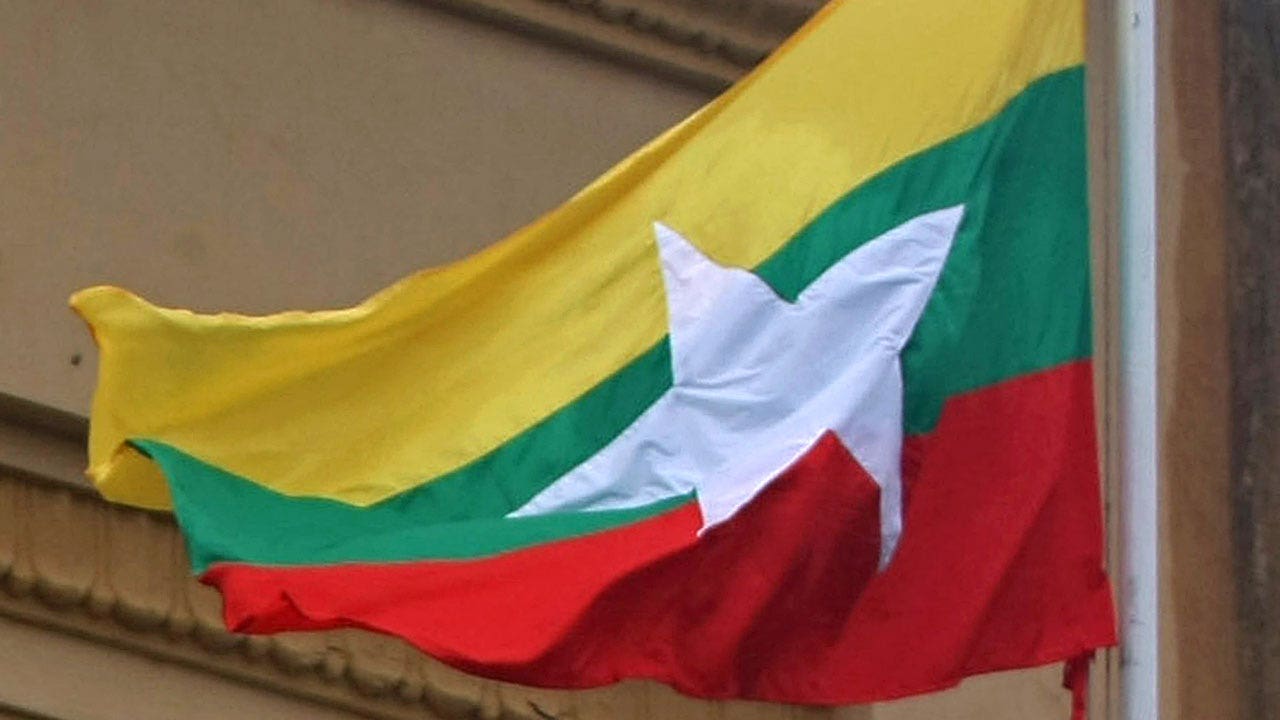
- The Arakan Army, a prominent and powerful ethnic rebel group combating Burma’s military junta, claims it has taken hundreds of soldiers prisoner after seizing Operational Command No. 15 headquarters in Buthidaung.
- Rebel forces have made significant advances against the military-run government, helmed by Min Aung Hlaing, in recent months.
- Hlaing’s forces have ruled over Burma since a successful 2021 coup ousted the government of democratically-elected State Counselor Aung San Suu Kyi.
A powerful ethnic minority armed group battling Burma’s army in the country’s west claimed Monday to have taken hundreds of government soldiers prisoner when it captured a major command post.
The Arakan Army, the well-trained and well-armed military wing of the Rakhine ethnic minority movement, has been on the offensive against army outposts in the western state of Rakhine — its home ground — for about six months.
The group said in a video statement posted on the Telegram messaging app that soldiers belonging to the military government’s Operational Command No. 15 headquarters in Rakhine’s Buthidaung township surrendered after a siege.
ETHNIC KAREN GUERRILLA FIGHTERS WITHDRAW FROM BURMESE BORDER TOWN ARMY LOST 2 WEEKS AGO
Buthidaung is about 240 miles southwest of Mandalay, Burma’s second-largest city.
The reported capture of the base could not be independently confirmed. Burma’s military government made no immediate comment, and the spokesperson of the Arakan Army did not respond to questions sent by The Associated Press.
The fight in Rakhine is part of the nationwide conflict in Burma that began after the army ousted the elected government of Aung San Suu Kyi in February 2021 and suppressed widespread nonviolent protests that sought a return to democratic rule.
Despite its advantages in arms and manpower, Burma’s army has been on the defensive since October, when an alliance of three ethnic rebel groups launched an offensive in the country’s northeast.
This image depicts the Burmese flag. (Photo by SOE THAN WIN/AFP via Getty Images)
The video released by the Arakan Army was described as having been made Saturday. It shows Arakan Army fighters guarding men in military uniforms and civilian clothes, some injured, as they walk through a field and down a roadside accompanied by women and children — families of soldiers often live at their posts.
A caption accompanying the video says it shows the deputy commander of the group and his troops after a “final assault in which (they) faced total defeat and surrendered.”
The video does not specify the total number of captured soldiers and their family members, but in one part about 300 men can be seen sitting in rows in an open field.
In a statement released Sunday, the Arakan Army said it captured the command post Thursday after attacking it for two weeks. It claimed another army post was seized the next day, along with others over the past two months.
The attackers captured “weapons, ammunition, military equipment and surrendered prisoners of war,” the statement said.
Some parts of the video released Monday show young men who appear to be members of the Muslim Rohingya minority.
Burma’s military has been accused of filling its depleted ranks with Rohingya men in Rakhine under the recently activated conscription law. The army has lost personnel to casualties, surrender and defections while facing increasingly tough opposition on the battlefield.
The Rohingya were the targets of a brutal counterinsurgency campaign incorporating rape and murder that saw an estimated 740,000 flee to neighboring Bangladesh as their villages were burned down by the army in 2017.
Ethnic Rakhine nationalists aligned with the Arakan Army were also among the persecutors of the Rohingya minority, but now the Arakan Army and the Rohingya are uneasy allies in opposition to the military government.
The Arakan Army, which seeks autonomy from Burma’s central government, is part of an alliance of ethnic minority armies that launched an offensive in October and gained strategic territory in Burma’s northeast bordering China.
Its success was seen as a major defeat for the military government, and boosted the morale of restive ethnic minorities as well as the pro-democracy resistance.
On Sunday, the Kachin Independence Army, another major ethnic armed group, claimed to have captured Sumprabum, a township in the northern state of Kachin.
World
Text of the Gaza ceasefire proposal approved by Hamas

Al Jazeera has obtained a copy of the Gaza ceasefire proposal that Hamas said it accepted on Monday. The deal, which was put forward by Egypt and Qatar, would come in three stages that would see an initial halt in the fighting leading to lasting calm and the withdrawal of Israeli troops from the Palestinian territory.
The proposed agreement would also ensure the release of Israeli captives in Gaza as well as an unspecified number of Palestinians held in Israeli jails.
Israel has said that it does not agree to the proposal but that it will engage in further talks to secure an agreement – all while pushing on with its assault on Gaza.
Meanwhile, the United States, which is also involved in the negotiations, said it is reviewing the Hamas response.
Here’s the text of the proposed deal:
The basic principles for an agreement between the Israeli side and the Palestinian side in Gaza on the exchange of captives and prisoners between them and the return of sustainable calm.
The framework agreement aims at: The release of all Israeli captives in the Gaza Strip, civilians or military, alive or otherwise, from all periods, in exchange for a number of prisoners held by Israel as agreed upon, and a return to a sustainable calm that leads to a permanent ceasefire and a withdrawal of Israeli forces from the Gaza Strip, its reconstruction and the lifting of the siege.
The framework agreement consists of three related and interconnected stages, which are as follows:
The first stage (42 days)
[Herein] a temporary cessation of military operations between the two parties, and the withdrawal of Israeli forces eastward and away from densely populated areas to a defined area along the border all along the Gaza Strip (including Wadi Gaza, known as the Netzarim Corridor, and Kuwait Roundabout, as below).
All aviation (military and reconnaissance) in the Gaza Strip shall cease for 10 hours a day, and for 12 hours on the days when captives and prisoners are being exchanged.
Internally displaced people in Gaza shall return to their areas of residence and Israel shall withdraw from Wadi Gaza, the Netzarim corridor, and the Kuwait Roundabout:
- On the third day (after the release of three captives), Israeli forces are to withdraw completely from al-Rashid Street in the east to Salah al-Din Street, and dismantle military sites and installations in this area.
- Displaced persons (unarmed) shall return to their areas of residence and all residents of Gaza shall be allowed freedom of movement in all parts of the Strip.
- Humanitarian aid shall be allowed in via al-Rashid Street from the first day without any obstacles.
- On the 22nd day (after the release of half the living civilian captives in Gaza, including female soldiers), Israeli forces are to withdraw from the centre of the Gaza Strip (especially the Netzarim/Martyrs Corridor and the Kuwait Roundabout axis), from the east of Salah al-Din Street to a zone along the border, and all military sites and installations are to be completely dismantled.
- Displaced people shall be allowed to return to their places of residence in the north of Gaza, and all residents to have freedom of movement in all parts of the Gaza Strip.
- Humanitarian aid, relief materials and fuel (600 trucks a day, including 50 fuel trucks, and 300 trucks for the north) shall be allowed into Gaza in an intensive manner and in sufficient quantities from the first day. This is to include the fuel needed to operate the power station, restart trade, rehabilitate and operate hospitals, health centres and bakeries in all parts of the Gaza Strip, and operate equipment needed to remove rubble. This shall continue throughout all stages.
Exchange of captives and prisoners between the two sides:
During the first phase, Hamas shall release 33 Israeli captives (alive or dead), including women (civilians and soldiers), children (under the age of 19 who are not soldiers), those over the age of 50, and the sick, in exchange for a number of prisoners in Israeli prisons and detention centres, according to the following [criteria]:
- Hamas shall release all living Israeli captives, including civilian women and children (under the age of 19 who are not soldiers). In return, Israel shall release 30 children and women for every Israeli detainee released, based on lists provided by Hamas, in order of detention.
- Hamas shall release all living Israeli captives (over the age of 50), the sick, and wounded civilians. In return, Israel shall release 30 elderly (over 50) and sick prisoners for every Israeli captive, based on lists provided by Hamas, in order of detention.
- Hamas shall release all living Israeli female soldiers. In return, Israel shall release 50 prisoners (30 serving life sentences, 20 sentenced) for every Israeli female soldier, based on lists provided by Hamas.
Scheduling the exchange of captives and prisoners between the parties in the first stage:
- Hamas shall release three Israeli detainees on the third day of the agreement, after which Hamas shall release three other detainees every seven days, starting with women as much as possible (civilians and female soldiers). In the sixth week, Hamas shall release all remaining civilian detainees included in this phase. In return, Israel shall release the agreed-upon number of Palestinian prisoners, according to lists Hamas will provide.
- Hamas will provide information about the Israeli detainees who will be released at this stage by the seventh day (if possible).
- On the 22nd day, the Israeli side shall release all prisoners from the Shalit deal who have been re-arrested.
- If there are fewer than 33 living Israeli detainees to be released, a number of bodies from the same categories shall be released to complete this stage. In return, Israel will release all women and children who were arrested from the Gaza Strip after October 7, 2023 – provided this is done in the fifth week of this stage.
- The exchange process is linked to the extent of commitment to the agreement, including the cessation of military operations, the withdrawal of Israeli forces, the return of displaced persons, as well as the entry of humanitarian aid.
- All necessary legal procedures to ensure that freed Palestinian prisoners are not re-arrested on the same charges are to be completed.
- The steps of the first stage above do not constitute a basis for negotiating the second stage. Punitive measures and penalties that were taken against prisoners and detainees in Israeli prisons and detention camps after October 7, 2023, are to be lifted and their conditions improved, including individuals who were arrested after this date.
- No later than the 16th day of the first phase, indirect talks will begin between the parties to agree on the details of the second phase of this agreement, with regard to the exchange of prisoners and captives from both parties (soldiers and remaining men), provided that they are completed and agreed upon before the end of the fifth week of this stage.
The United Nations and its agencies, including UNRWA, and other international organisations, are to continue providing humanitarian services across the Gaza Strip. This shall continue throughout all stages of the agreement.
Infrastructure (electricity, water, sewage, communications and roads) across the Gaza Strip shall be rehabilitated, and the equipment needed for civil defence allowed into Gaza to clear rubble and debris. This shall continue throughout all stages of the agreement.
All necessary supplies and equipment to shelter displaced people who lost their homes during the war (a minimum of 60,000 temporary homes – caravans – and 200,000 tents) shall be allowed into Gaza.
Throughout this phase, an agreed-upon number (not fewer than 50) of wounded military personnel will be allowed to travel through the Rafah crossing to receive medical treatment, and an increased number of travellers, sick and wounded, shall be allowed to leave through the Rafah crossing as restrictions on travellers are lifted. The movement of goods and trade will return without restrictions.
The necessary arrangements and plans shall be put in place for the reconstruction of homes, civilian facilities, and civilian infrastructure that was destroyed due to the war, as well as arrangements to compensate those affected, under the supervision of a number of countries and organisations, including: Egypt, Qatar, and the United Nations.
All measures in this stage, including the temporary cessation of military operations, relief and shelter, withdrawal of forces, etc., shall continue in the second stage until a sustainable calm (cessation of military and hostile operations) is declared.
The second stage (42 days):
A return to sustainable calm (a permanent cessation of military and hostile operations) must be announced and take effect before the exchange of captives and prisoners – all remaining living Israeli men (civilians and soldiers) in exchange for an agreed-upon number of prisoners and detainees in Israeli prisons and detention camps.
Israeli forces shall withdraw completely from the Gaza Strip.
The third stage (42 days):
An exchange of the bodies and remains of the dead on both sides after they have been retrieved and identified.
The reconstruction plan for the Gaza Strip over a period of three to five years – including homes, civilian facilities, and infrastructure – and compensating all those affected begins, under the supervision of several countries and organisations, including: Egypt, Qatar and the United Nations.
A complete end to the siege of the Gaza Strip.
Guarantors of the agreement:
Qatar, Egypt, the United States, and the United Nations.
May 5, 2024
World
Emily Blunt Says She’s ‘Absolutely’ Wanted to Throw Up After Kissing Certain Actors During Filming: ‘I’ve Definitely Not Enjoyed Some of It.”

Emily Blunt got candid during a recent appearance on “The Howard Stern Show” (via People) about how she’s had to fake chemistry over the years with certain co-stars she just struggled to connect with on set. Blunt has acted opposite many high-profile leading men throughout her career, from Matt Damon (“The Adjustment Bureau”) to Tom Cruise (“Edge of Tomorrow”), Dwayne Johnson (“Jungle Cruise”), Ryan Gosling (“The Fall Guy”) and Cillian Murphy (“Oppenheimer”).
“Have you wanted to throw up?” Stern asked Blunt about kissing some of her male co-stars during filming. The Oscar-nominated actor responded: “Absolutely. Absolutely.”
“I wouldn’t say it’s sort of extreme loathing, but I’ve definitely not enjoyed some of it,” Blunt added.
Blunt declined to name any co-star she couldn’t generate chemistry with, but she did say: “I have had chemistry with people who… I have not had a good time working with them.”
“Sometimes it’s a strange thing. Sometimes you could have a rapport that’s really effortless, but it doesn’t translate onscreen,” Blunt continued. “Chemistry is this strange thing. It’s an ethereal thing that you can’t really bottle up and buy or sell. It’s like there or it’s not…It’s just easier when you have a natural rapport with someone.”
Blunt has been acting for so long that at this point she has a formula down for how to build chemistry, saying: “I’ve got to find something I love about everybody. I have to find something … Even if it’s one thing.”
“It might be that they have a nice laugh or I like how they speak to people. They’re polite. I mean, it might be something random,” Blunt explained. “But find something you love about that person or something you love about them as the character and then kind of lean into that.”
Blunt earned an Oscar nomination earlier this year for her supporting role in Christopher Nolan’s “Oppenheimer,” which took home the Academy Award for best picture. She’s currently on the big screen in Universal Pictures’ action romance “The Fall Guy,” co-starring Ryan Gosling.
-

 News1 week ago
News1 week agoBoth sides prepare as Florida's six-week abortion ban is set to take effect Wednesday
-

 Politics1 week ago
Politics1 week agoColumbia University’s policy-making senate votes for resolution calling to investigate school’s leadership
-

 Politics1 week ago
Politics1 week agoGOP Rep. Bill Posey won't seek re-election, endorses former Florida Senate President as replacement
-

 World1 week ago
World1 week agoBrussels, my love? MEPs check out of Strasbourg after 5 eventful years
-

 World1 week ago
World1 week agoRussian forces gained partial control of Donetsk's Ocheretyne town
-

 Politics1 week ago
Politics1 week agoHouse Republicans brace for spring legislative sprint with one less GOP vote
-

 World1 week ago
World1 week agoAt least four dead in US after dozens of tornadoes rip through Oklahoma
-

 Politics1 week ago
Politics1 week agoAnti-Trump DA's no-show at debate leaves challenger facing off against empty podium


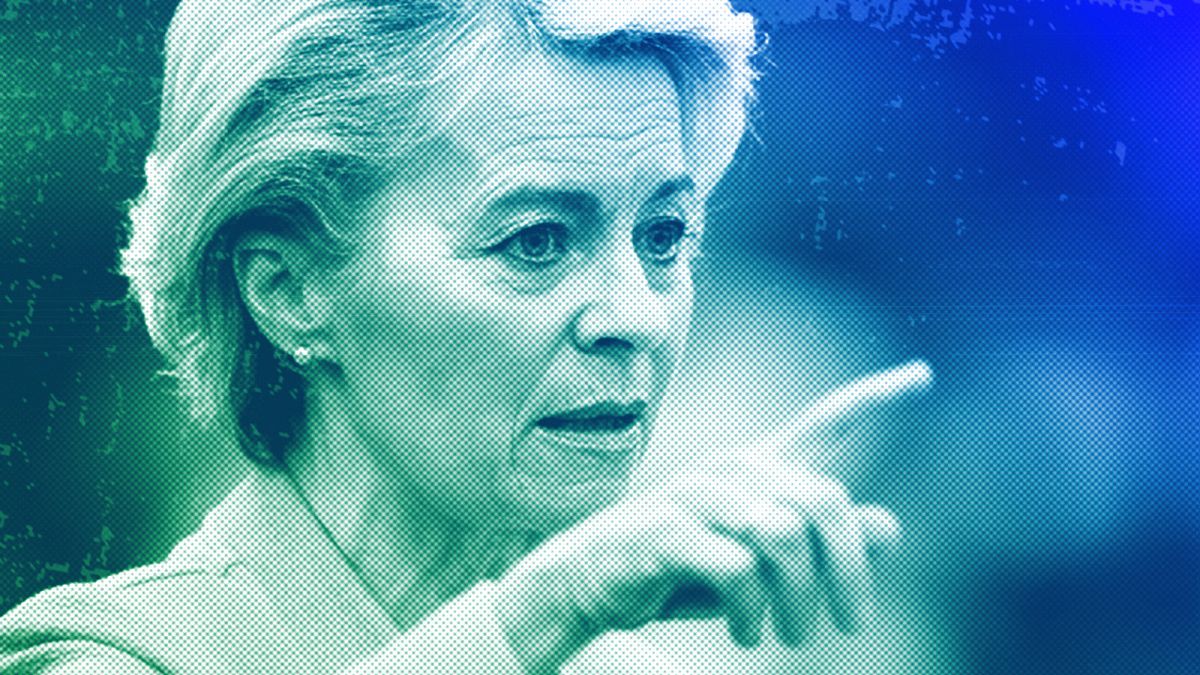
:quality(70):focal(425x350:435x360)/cloudfront-us-east-1.images.arcpublishing.com/shawmedia/5ARPFMGUMNA2DHHTGYFTM6FST4.jpg)


/cdn.vox-cdn.com/uploads/chorus_asset/file/25436323/Super_Famicom_prototype.jpeg)
